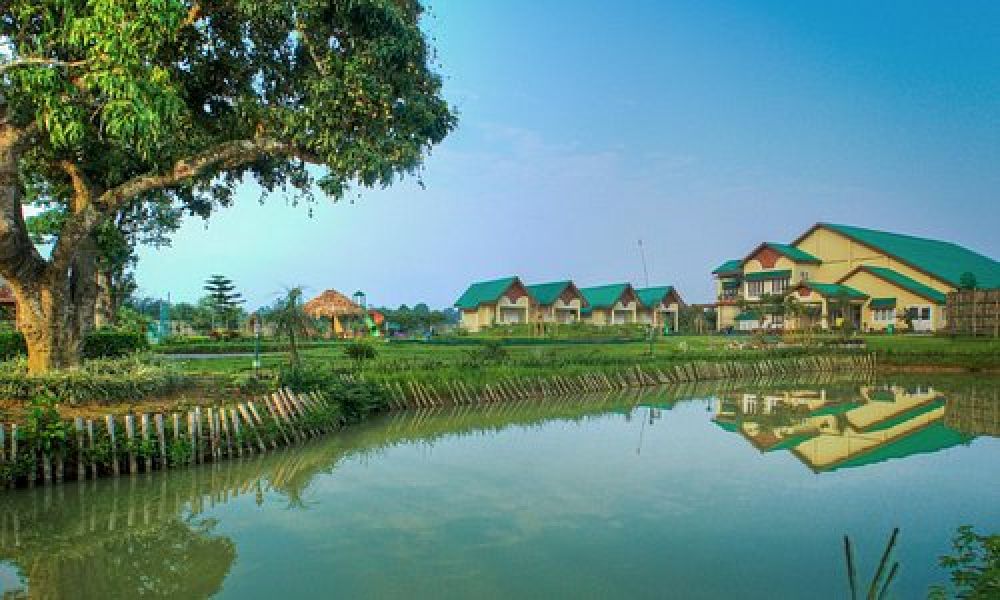

Tinsukia is a district in the upper reaches of Assam, known for its tea gardens, rich biodiversity, and historical significance. The history of tourism in Tinsukia can be traced back to the days of the British Raj, when the region's tea estates began to attract visitors looking for a serene retreat away from the cities. Initially, it was these sprawling tea gardens and the British legacy in the form of bungalows and clubs that piqued the interest of tourists.
The foundation of tourism in Tinsukia owes much to its natural attractions. The verdant landscapes and the possibility of encountering wildlife such as the majestic elephants, tigers, and a plethora of bird species have long been a draw. The proximity to the Dibru-Saikhowa National Park, which boasts of an exotic and endangered mix of flora and fauna, further catalyzed Tinsukia's place on the tourism map.
Another pivotal point in Tinsukia's tourism history was the development of the historic Stilwell Road, also known as the Ledo Road, which played a significant role during World War II. The road begins at Ledo in Tinsukia and goes all the way to Kunming in China. This has a dual historical and adventurous appeal that continues to draw tourists, both domestic and international.
Over the years, festivals like the Tinsukia Trade Fair, which showcases the cultural vibrancy and the craft of the region, have also contributed to the growth of tourism in the district. Additionally, the town of Digboi, within the Tinsukia district, has the distinction of having the oldest refinery in Asia, and its oil field heritage is a point of curiosity for visitors.
In recent years, Tinsukia has seen a trend towards eco-tourism and sustainable travel. Travellers are increasingly seeking out destinations that offer experiences that are both environmentally responsible and culturally enriching. There has been a growth in the number of homestays and eco-friendly resorts that highlight the local Assamese lifestyle while promoting conservation efforts.
Adventure tourism is also on the rise, with more tourists indulging in activities like river rafting, fishing, and trekking in and around the Brahmaputra River and its tributaries. Experiences that allow visitors to engage closely with the wilderness of the national parks and wildlife sanctuaries are particularly popular.
Another emerging trend is the focus on tea tourism, with many estates opening up their doors to tourists eager to learn about tea production. These tea estates offer stays, complete with tours of the gardens and factories, and tea tasting sessions, appealing to aficionados and casual enthusiasts alike.
Agri-tourism is also carving a niche, combining agriculture with tourism. Tourists can experience the rural lifestyle, take part in farming activities, and enjoy local cuisine made from fresh farm produce.
As tourism evolves, Tinsukia continues to promote its blend of natural beauty, wildlife, historical significance, and cultural richness, assuring a unique and immersive experience for tourists from all over the world.